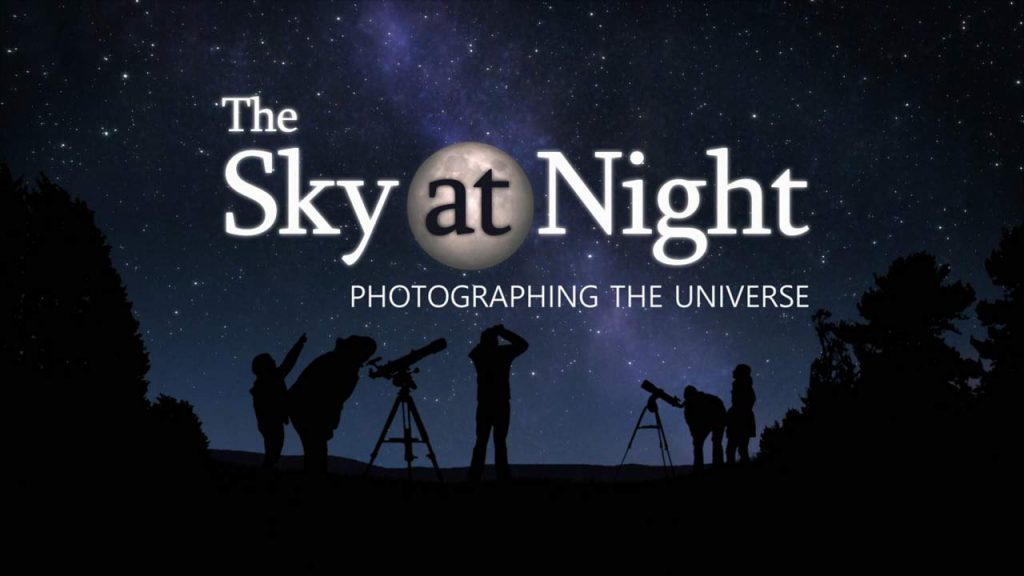The Sky at Night – Photographing the Universe: For centuries, humans have been drawing what they see in the night sky through telescopes. But there is something about a photograph that can make you feel you are right there, up close to the moon, planet, star or galaxy you are looking at. Having the light from those distance objects, fixed in an image, has meant scientists can analyse and understand the beautiful universe around us. So, this month, the Sky at Night is looking at the wonderful world of astrophotography.
Dr Jen Gupta visits Chris to talk about her favourite pictures, many of which have changed our very understanding of the cosmos. Some leave us with questions still unanswered, even 60 years on. Maggie is in Scotland looking at the latest in new technology being built for the Very Large Telescope. Once installed, it will give scientists the ability to understand and study the formation of galaxies throughout the entire history of the universe.
Meanwhile, the Sky at Night’s very own astrophotographer, Pete Lawrence, takes a trip down memory lane, revisiting some of his highlights over the years. Plus, a look at how the camera on your phone can be a great place to start if you are new to taking astrophotographs and want to give it a go. With favourite pictures, competition-winning images and a guide to all there is to see and do in the coming month, there is lots to discover.
The Sky at Night – Photographing the Universe
Astrophotography, also known as astronomical imaging, is the photography or imaging of astronomical objects, celestial events, or areas of the night sky. The first photograph of an astronomical object (the Moon) was taken in 1840, but it was not until the late 19th century that advances in technology allowed for detailed stellar photography. Besides being able to record the details of extended objects such as the Moon, Sun, and planets, modern astrophotography has the ability to image objects invisible to the human eye such as dim stars, nebulae, and galaxies. This is done by long time exposure since both film and digital cameras can accumulate and sum photons over these long periods of time.
Photography using extended exposure-times revolutionized the field of professional astronomical research, recording hundreds of thousands of new stars, and nebulae invisible to the human eye. Specialized and ever-larger optical telescopes were constructed as essentially big cameras to record images on photographic plates. Astrophotography had an early role in sky surveys and star classification but over time it has given way to more sophisticated equipment and techniques designed for specific fields of scientific research, with image sensors becoming just one of many forms of sensor.
Today, astrophotography is mostly a subdiscipline in amateur astronomy, usually seeking aesthetically pleasing images rather than scientific data. Amateurs use a wide range of special equipment and techniques.




